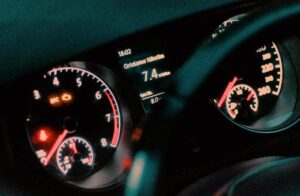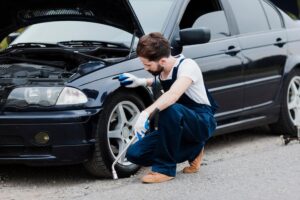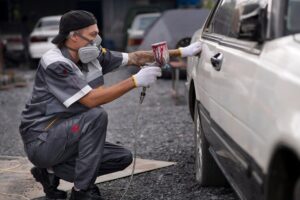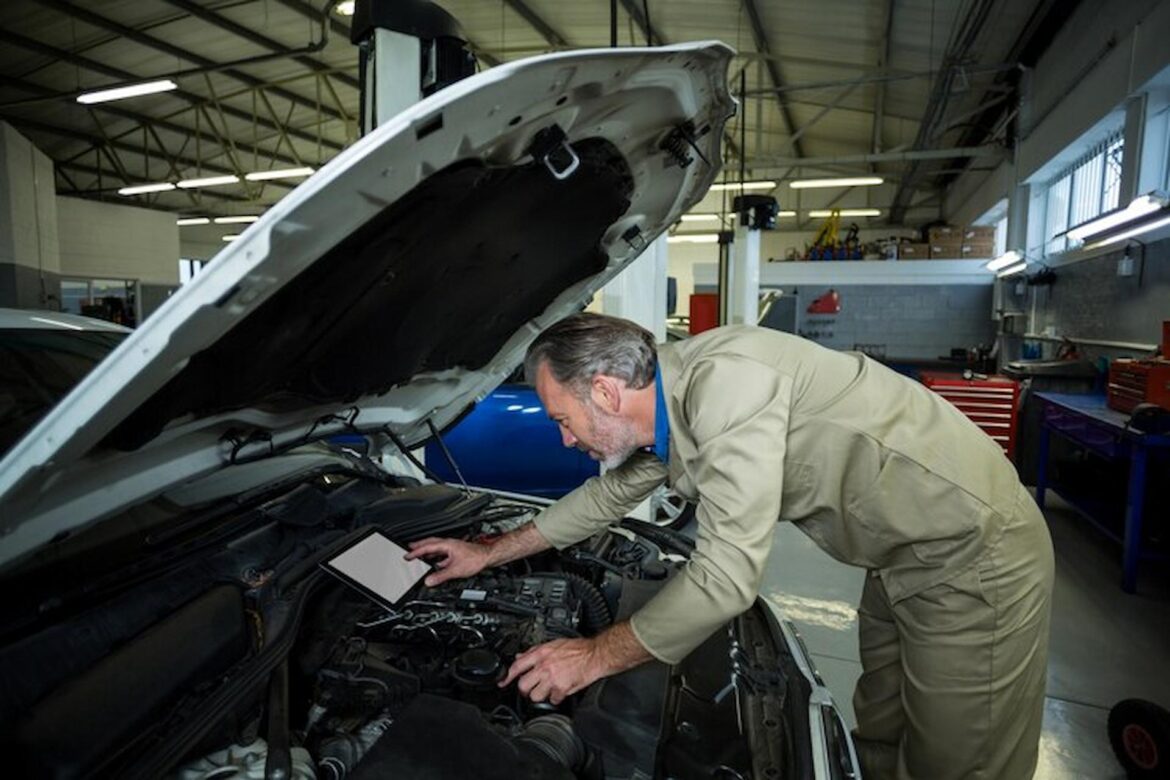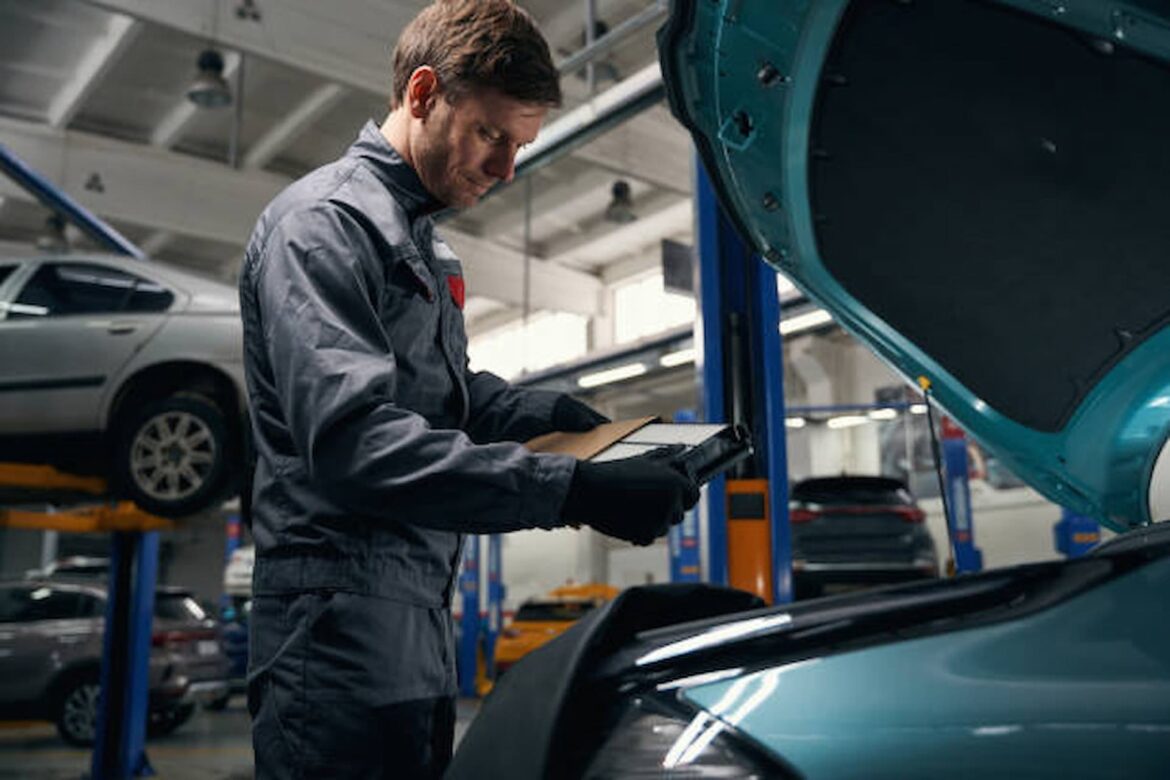Have you ever pulled up to a petrol station forecourt and forgotten what side of the car the filler neck is on? What about reaching for the wrong nozzle and putting the wrong fuel in a car? This problem probably happens more than you would think, on average it is happening once every 4 minutes in the UK alone. Putting petrol in a diesel car is the most common of mix-ups to make as both the petrol and diesel nozzle will fit comfortably in a diesel vehicles filler neck.
This simple mistake is causing havoc to motorists up and down the country as their cars are slowly being filled with the wrong fuel. Putting petrol in a diesel car is by far the most popular as opposed to putting diesel in a petrol car and this is because in the UK the diesel nozzle at all fuel stations is slightly bigger than the petrol one, thus preventing it from being placed into a petrol cars filler neck. However not all car manufacturers put the smaller filler neck on their vehicles, this has made it possible for some motorists the put diesel in a petrol car.
Putting petrol in a diesel car happens so often in the UK that there are now many independent mobile fuel drain companies that will come out and drain the wrong fuel from your car and get your car going again without the need to visit a garage. They will come out to your location and drain your vehicle on-site, this saves the motorist time and a lot of money.
Putting the wrong fuel in a car is an easy problem to resolve if the vehicle has not been driven with the wrong fuel. If this is the case, then the vehicle simply needs to have its tank drained and then the correct fuel to be placed back into the vehicle. However, if the vehicle has been started with the wrong fuel inside it, then the incorrect fuel would have travelled to the engine and started to infest itself and will begin to wear down critical components in the fuel system. These components will eventually wear down to a point where it will make the vehicle not be able to run or to run but very poorly. To replace these components could run into the thousands and could even mean a whole new engine will need to be fitted.
However, for catastrophic damage to happen, it will take a strong mixture of the wrong fuel and for the vehicle to be driven extensively. It is highly recommended to get the vehicle drained as soon as possible to prevent this damage for occurring.

